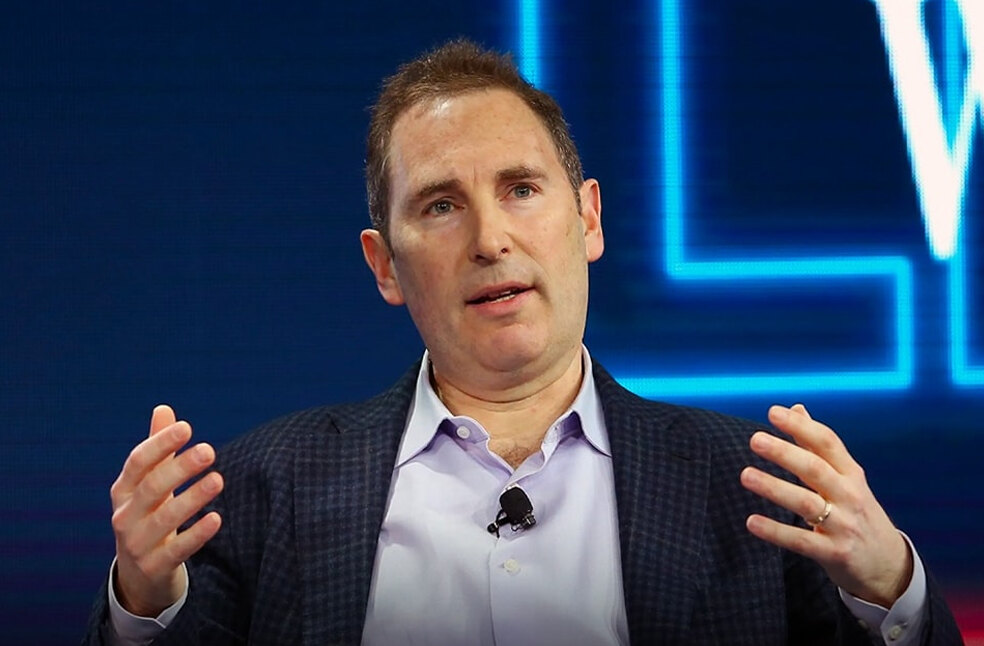Seattle, Washington: Amazon has reinforced its return-to-office (RTO) policy, instructing corporate staff to spend 5 days a week in the office, as part of its ongoing effort to shift away from remote work. The company, which initially introduced a flexible hybrid model in 2021, is now pushing for more in-person collaboration, citing the importance of office culture and teamwork.
The change will come into force from January. In an internal memo, Amazon’s HR chief noted that while remote work had been effective during the pandemic, it was crucial for employees to reconnect in physical office spaces to foster innovation, communication, and problem-solving. The tech giant emphasized that many of its most successful projects and initiatives were born out of in-person interactions.

The company stated that employees could still work from home under exceptional circumstances, such as dealing with a sick child or a household emergency, as was allowed before the pandemic. However, unless they receive a specific exemption, Amazon CEO Andy Jassy emphasized that, “Our expectation is that employees will be in the office, barring extenuating circumstances.”
Amazon has faced pushback from some employees who have expressed concerns over the change, pointing to the productivity and work-life balance benefits of remote work. Some have even organized petitions and internal protests to challenge the RTO mandate. Amazon later terminated the employee who organized the protest, leading to accusations of unfair retaliation. This dispute has now been brought to the attention of labour officials.
However, Amazon’s leadership remains firm, citing long-term business goals and the need for stronger collaboration across teams as primary reasons for the move.
The company joins other tech firms like Google and Meta in reversing remote work policies established during the pandemic. Amazon plans to gradually enforce the return, with employees expected to comply fully in the coming months. The new directive marks a significant shift in the company’s post-pandemic workplace strategy, reflecting broader industry trends as companies redefine their work policies.



